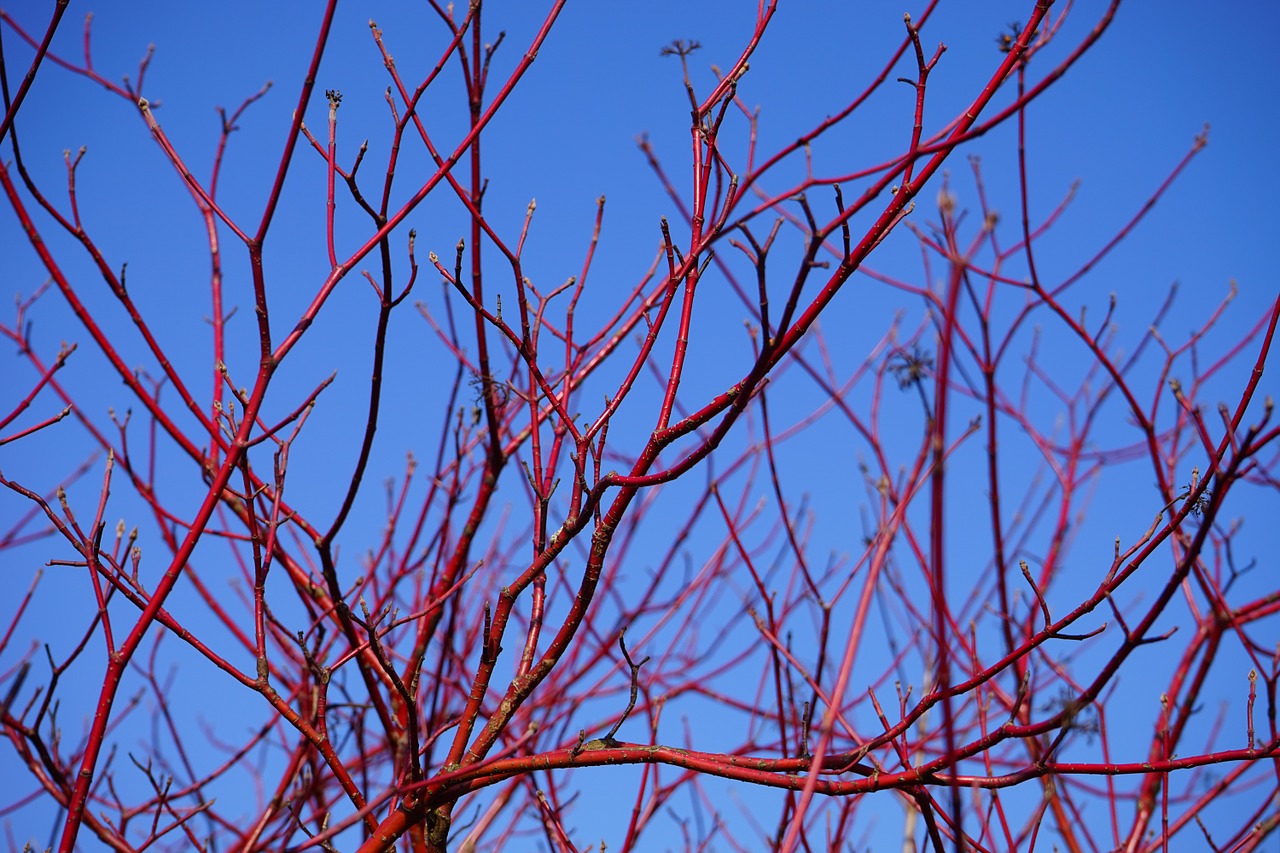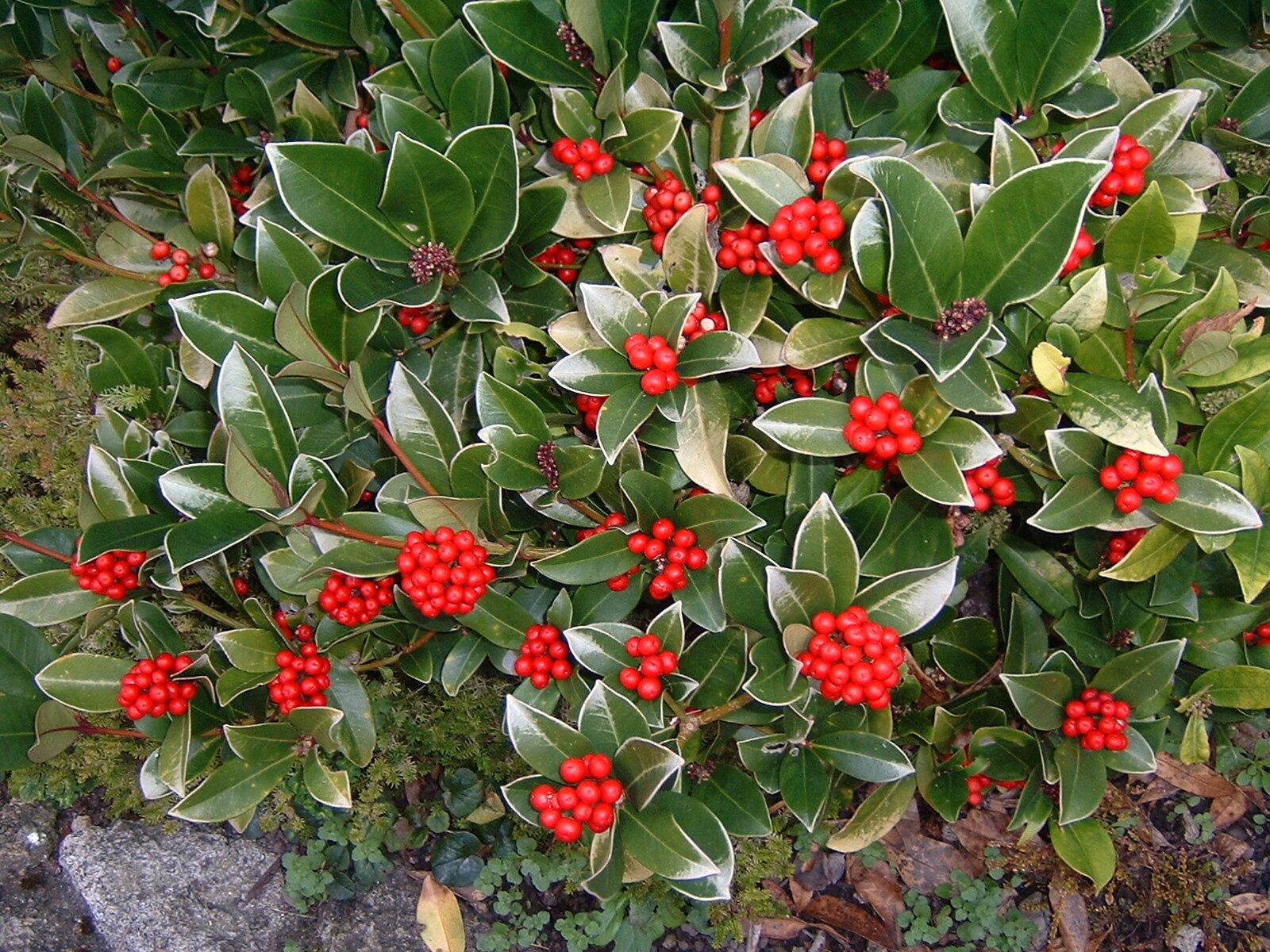Garden Color for Fall and Winter — a ‘Berry’ Good Thing
Around this time last year, our blog highlighted some great ideas for fall/winter garden color in the Northeast. Now that our evenings once again have a chill in the air, we thought it the perfect time to update that information.
 The previous blog included a fairly comprehensive list of what would “lift winter doldrums with outdoor color and texture” — information that we put together with the help of Sandra Vultaggio, Horticulture Consultant at the Cornell Cooperative Extension in Riverhead, NY.
The previous blog included a fairly comprehensive list of what would “lift winter doldrums with outdoor color and texture” — information that we put together with the help of Sandra Vultaggio, Horticulture Consultant at the Cornell Cooperative Extension in Riverhead, NY.
Red Twig Dogwood
Working with her again, we’re updating the list by highlighting different species of shrubs and have even included a new beauty not on last year’s list at all — the glorious Red Twig Dogwood.
“The Red Twig Dogwood boasts bright red branches that make a very attractive landscape shrub in winter,” says Vultaggio. “You can cut twigs from the bush to add décor in the home — creating centerpieces and wreathes, etc.”
Chokeberry
Another gorgeous shrub that was actually on last year’s list under “Berries and Seedheads,” but not highlighted with a photo and further info, is the stunning Chokeberry. We also think that it deserves to appear under the list’s heading “Late Season Foliage” because of its lovely red fall foliage.
Plus, during spring, the Chokeberry offers up delightful light pink flowers. Of course, we’re really highlighting it because in winter it provides dramatic color through its berries.
“Chokeberry Aronia melanocarpa is native to the northeast,” adds Vultaggio, “so it is a great choice for gardeners looking to plant natives. It also is a host plant to the Coral Hairstreak butterfly, in addition to it’s winter berries providing food for wildlife.”
Winterberry Holly
Another beauty we are highlighting this year is Winterberry Holly, Ilex verticillata, which happens to be one of Vultaggio’s favorites.
“Also a native, its bright red fruit is eaten by more than 48 species of birds. It is also a good choice for a shaded site,” she says.
Making our list for the first time, this bush has a reputation for attracting bluebirds along with other birds and butterflies. It grows as both a perennial and as an ornamental, and will be most enjoyable after about 3 years. Note that it likes partial sun and lots of water so it’s great around water gardens — something Deck and Patio specializes in (ahem), so, naturally, it’s a favorite of ours.
As we wrote last year, “these evergreen shrubs sport bright green leaves and, in spring, bring vibrant white flowers; in fall, they offer up crimson red fruits (berries) that last all through winter and are especially fine in December,” says Vultaggio. “They make great Christmas, holiday, or Thanksgiving hostess gifts “as they are slow growers that are ideal starting out in pots and containers.” Photo Credit: Musical Linguist at the English language Wikipedia











